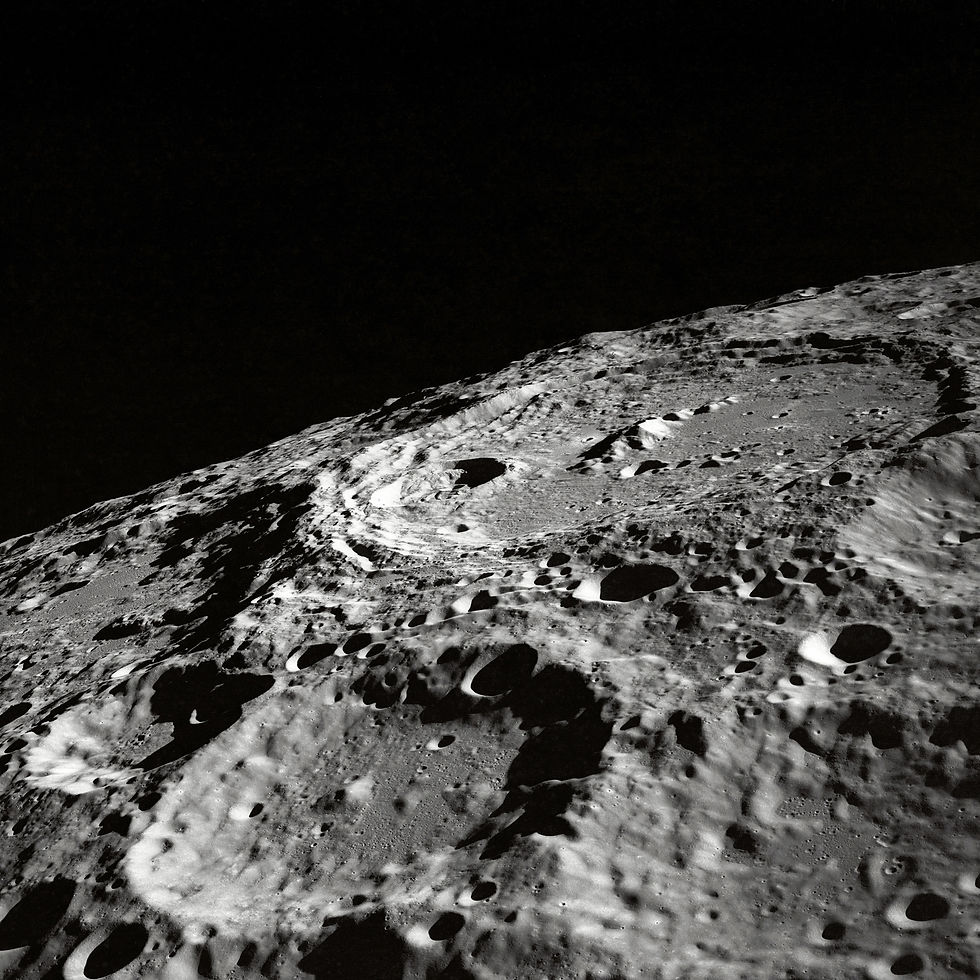China's Chang'e-6 lunar probe departed from the far side of the moon on Tuesday, June 4th, 2024, marking a major milestone in its ambitious space exploration program. This successful liftoff brings China a step closer to completing the first-ever mission to collect and return lunar samples from the moon's far side.

Symbolic Display of China's Growing Space Power
Prior to takeoff, China unfurled its national flag on the lunar far side, a symbolic gesture highlighting the country's growing prominence in the global space race. This previously unvisited region of the moon permanently faces away from Earth.
Chang'e-6 Embarks on Return Journey to Earth
The Chang'e-6 probe, carrying the precious lunar samples, successfully entered lunar orbit early Tuesday Beijing time. According to the China National Space Administration (CNSA), the sample collection process occurred over the previous two days. The probe is expected to take approximately three weeks to return to Earth, with a targeted landing in China's Inner Mongolia region around June 25th.
A Scientific and Strategic Advantage
The successful retrieval of these lunar samples could provide China with a significant advantage in leveraging the scientific and strategic benefits of expanded lunar exploration. This competitive field, often referred to as the "new space race" by NASA administrator Bill Nelson, is witnessing increasing international participation.
China's Second Lunar Sample Collection Mission
This mission marks China's second endeavor to collect lunar samples. In 2020, the Chang'e-5 probe successfully retrieved samples from the moon's near side.
Intensifying Space Race
Earlier in 2024, NASA chief Bill Nelson acknowledged China's rapid space advancements and expressed concerns regarding their intentions. This acknowledgment highlights the growing urgency driving the American space program to return astronauts to the moon, decades after the Apollo missions.
A Noteworthy Footprint on the Moon
A photo released by CNSA shows the drilled lunar surface in the shape of the Chinese character "zhong," meaning "middle" in English, the first character in "China."
Chang'e-6's Technical Prowess
The CNSA reported that the Chang'e-6 probe successfully endured high lunar temperatures and utilized a drill and robotic arm to collect the samples. After collecting the specimens, the probe deployed its robotic arm to raise the Chinese flag, further documenting this historic event.
Lunar Flag Designed for Durability
The Chinese flag, constructed from volcanic rock basalt, was specifically designed to withstand harsh lunar conditions, including extreme temperatures and radiation, in anticipation of future lunar missions. According to a Chang'e-6 engineer interviewed by state media CCTV, the flag's material was meticulously crafted: "The rock was crushed, melted, and drawn into filaments about one-third the diameter of a human hair, then spun into thread and woven into cloth." This innovative approach highlights China's dedication to developing sustainable technologies for future lunar exploration.
A Target-Rich Lunar Basin
Chang'e-6 successfully landed on Sunday morning in the South Pole-Aitken Basin, the moon's oldest and largest impact basin, formed an estimated 4 billion years ago. This marks the second successful lunar far side landing, following China's Chang'e-4 probe in 2019.
A Stepping Stone to Greater Lunar Ambitions
If the mission progresses as planned (launched on May 3rd and expected to last 53 days), it signifies a critical milestone on China's path to becoming a dominant space power. The nation's long-term aspirations include landing astronauts on the moon by 2030 and establishing a research base at the moon's south pole, a region believed to hold water ice deposits.
Scientific Insights Await
Experts believe the samples collected by Chang'e-6 could unlock valuable scientific knowledge about the moon's origins, evolution, and its connection to Earth and the solar system. Additionally, the mission itself contributes valuable data and technical experience that will bolster China's future lunar endeavors.
Source: CNN

Comments